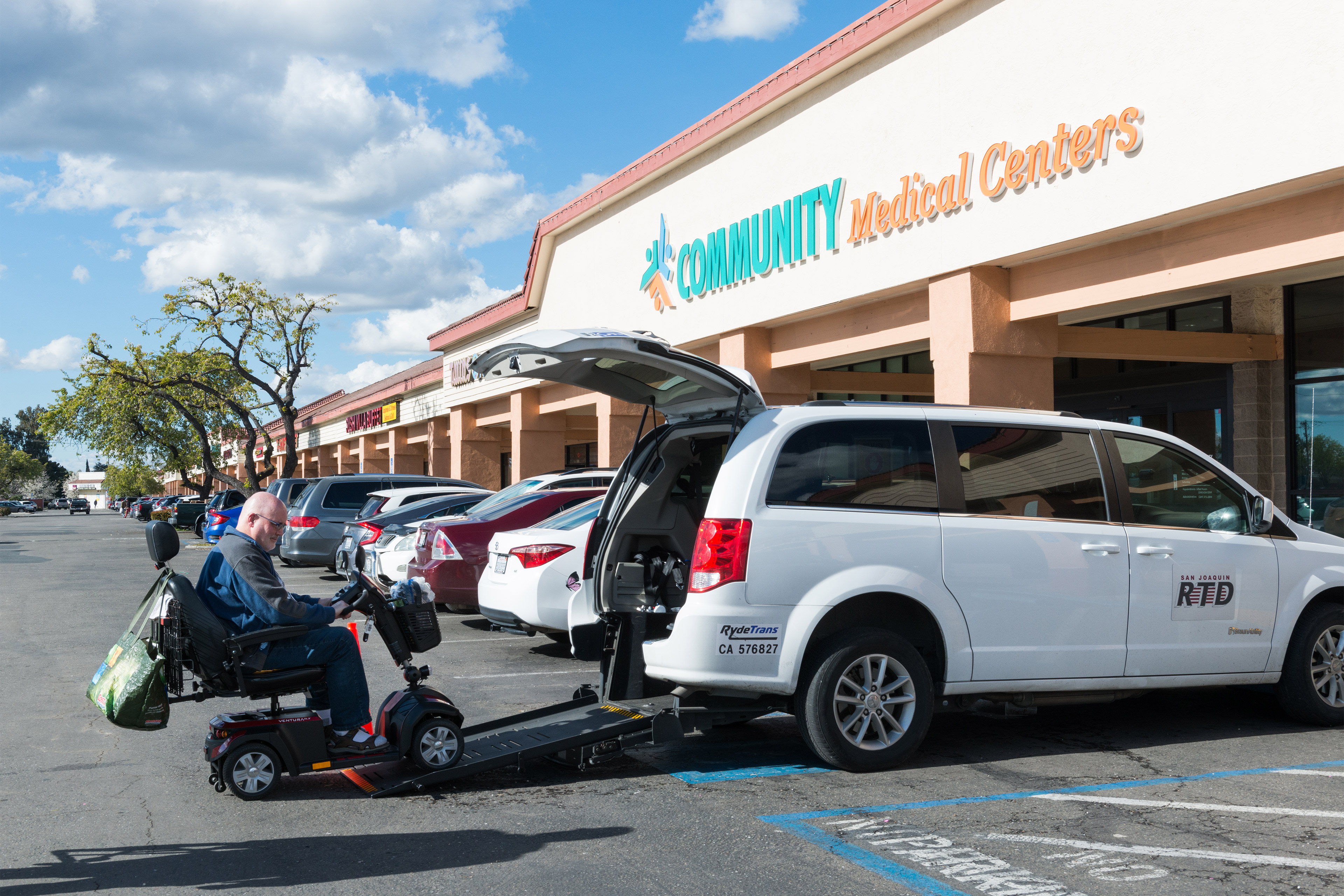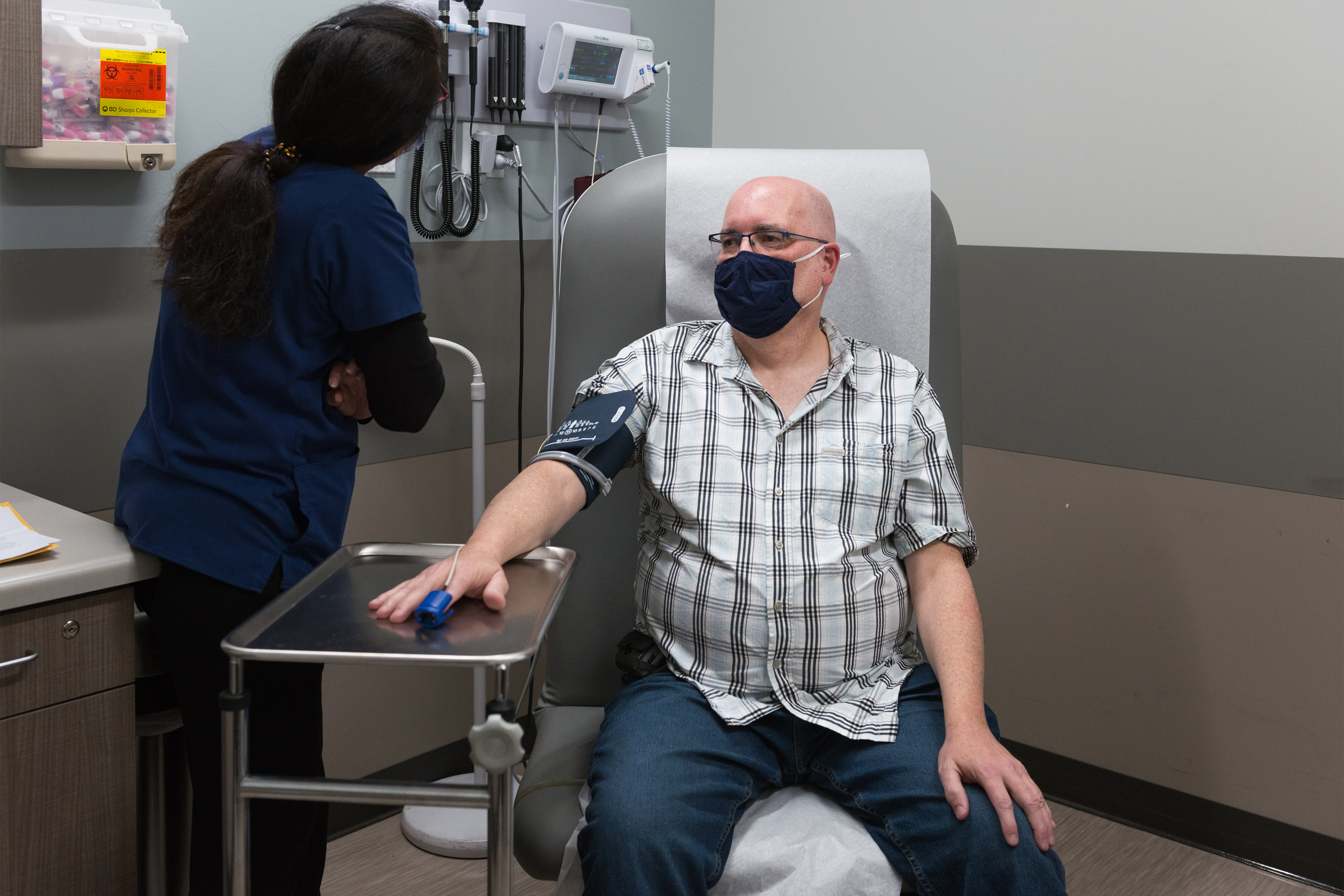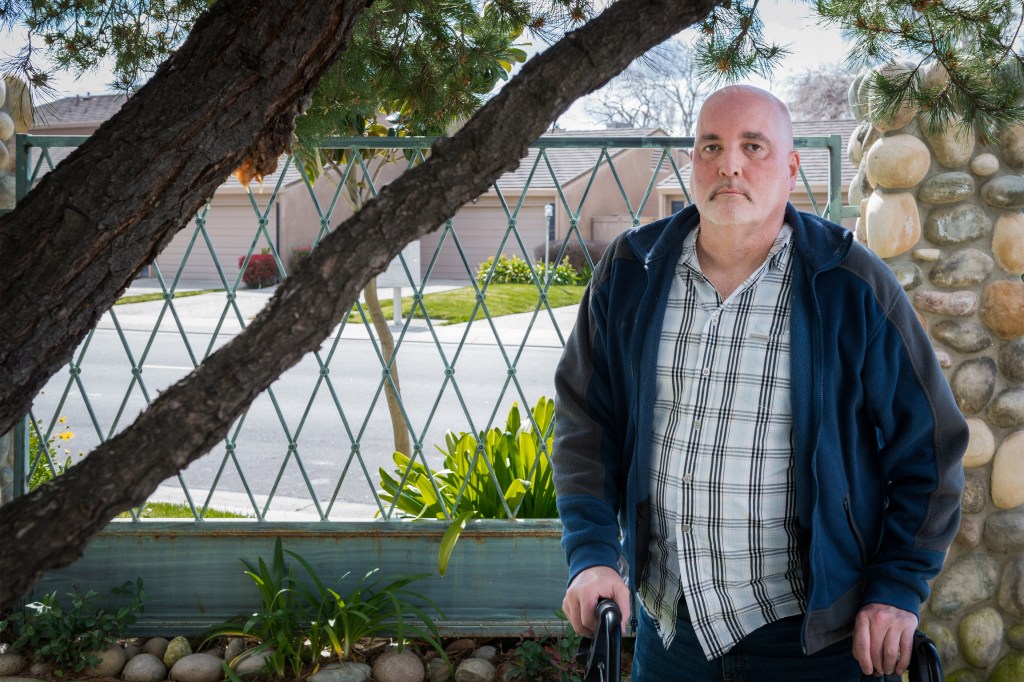When Lloyd Tennison moved from Walnut Creek to Stockton last year, he assumed his coverage under Medi-Cal, California’s safety-net health insurance program, would be transferred seamlessly.
About three weeks before his May move, Tennison called the agency that administers Medi-Cal in Contra Costa County, where Walnut Creek is located, to inform them he’d be moving to San Joaquin County.
Little did he suspect his transfer would get tangled in red tape, disrupt his care, and saddle him with two bills totaling nearly $1,700 after he was removed from his old plan without notice before his new one in Stockton took effect.
Medi-Cal members who move counties are often bumped temporarily from managed care insurance plans into traditional Medi-Cal, also known as “fee for service,” in which the state pays providers directly for each service rendered. But managed care practitioners who don’t participate in traditional Medi-Cal have no way to get paid when they see such patients, and they sometimes bill them directly — even though that’s prohibited.
Medi-Cal is a statewide program, but it is administered by the counties, which have separate government bureaucracies and different approaches to care: Some have just one county-operated Medi-Cal plan. Others have only commercial health plans, which are paid by the state to manage the care of Medi-Cal patients. Many have one of each.
Traveling from Walnut Creek to Stockton takes a little more than an hour by car, but as far as Tennison is concerned, the two cities might as well be on opposite sides of the planet.
Tennison, 63, needed a smooth health care transition. With severe chronic pain in his back, shoulders, and neck, he requires regular physical therapy and monitoring by an orthopedist, as well as multiple pain medications. He also has carpal tunnel syndrome and Type 2 diabetes.
Because of miscommunication and confusion surrounding his move, several physical therapy appointments he’d made for June 2022 were canceled, and he had to wait nearly two months for new ones.
“To me the whole issue is the confusion,” Tennison said. “Right hand and left hand, nobody talks to each other, and nobody talked to me.”
The first hint of trouble came when he called Contra Costa County Employment & Human Services in late April 2022 to report his upcoming move and was told the new county had to initiate the transfer — only to hear from a worker at San Joaquin’s Human Services Agency that it was the other way around.
They were both wrong: Medi-Cal members who move can inform either county.

Tennison persuaded a Medi-Cal worker in San Joaquin County to initiate the transfer. He also filed a notice of his move online, which Medi-Cal workers in Contra Costa processed and flagged for a June 2 transfer date, said Marla Stuart, director of the county’s Employment & Human Services Department.
They set that date, Stuart said, because they believed Tennison might have some medical appointments in May under his Contra Costa Anthem Blue Cross plan.
Medi-Cal workers in San Joaquin County, however, set a move date of May 5, which overrode Contra Costa’s June 2 date and bumped Tennison from his Anthem plan for most of May, according to Stuart.
“If anybody had called me to verify any of this, I definitely would have told them May 5 was the wrong date,” said Tennison, who moved to Stockton on May 17.
“There were good intentions all around,” said Stuart. “It’s unfortunate what happened.”
Being cut from Anthem left Tennison with fee-for-service Medi-Cal, a rapidly shrinking part of the program.
He discovered it only in mid-July, when he called the Office of the Ombudsman for managed care Medi-Cal to complain about two bills he’d received — one for $886.92 from his orthopedic surgeon and another for $795 from his physical therapist.
He had seen both providers in May, when he thought he was still covered by Anthem. But he wasn’t, and they billed him directly, despite signed agreements and a state law that prohibit billing patients for services covered by Medi-Cal.
The bills caught Tennison by surprise, because the ombudsman had told him in early June that he had still been on Anthem through May, he said.
“To me, that’s how insurance works: One insurance ends, the other begins,” he said.
When Medi-Cal patients are between health plans and temporarily in fee for service, it theoretically ensures they have ongoing access to health care. But in practice, that’s not always the case.
“Because the state is pushing most Medi-Cal members into managed care, fewer providers are accepting fee for service,” said Hillary Hansen, an attorney with Legal Services of Northern California who is handling Tennison’s case.
The prohibition against billing Medi-Cal patients is spottily enforced, Hansen said. And although the patients are not legally required to pay, she said, their credit rating can suffer if they don’t. Michael Bowman, a spokesperson for Anthem, said the company regularly communicates with its providers to ensure compliance with the terms of their contracts and Medi-Cal rules.
Hansen is not confident Tennison’s bills will be paid anytime soon. After legal aid lawyers sent a letter to state officials about improper Medi-Cal billing, and later met with them about it, the officials instructed them to have their clients submit reimbursement claims.
But the reimbursement rules require that patients have already paid the bills, and Medi-Cal beneficiaries typically can’t afford that, Hansen said.
Tennison submitted his reimbursement form in May and is waiting to hear back. “Getting medical care should not be this difficult,” he said. “Here it is a year later, and I’m still trying to work this out.”




